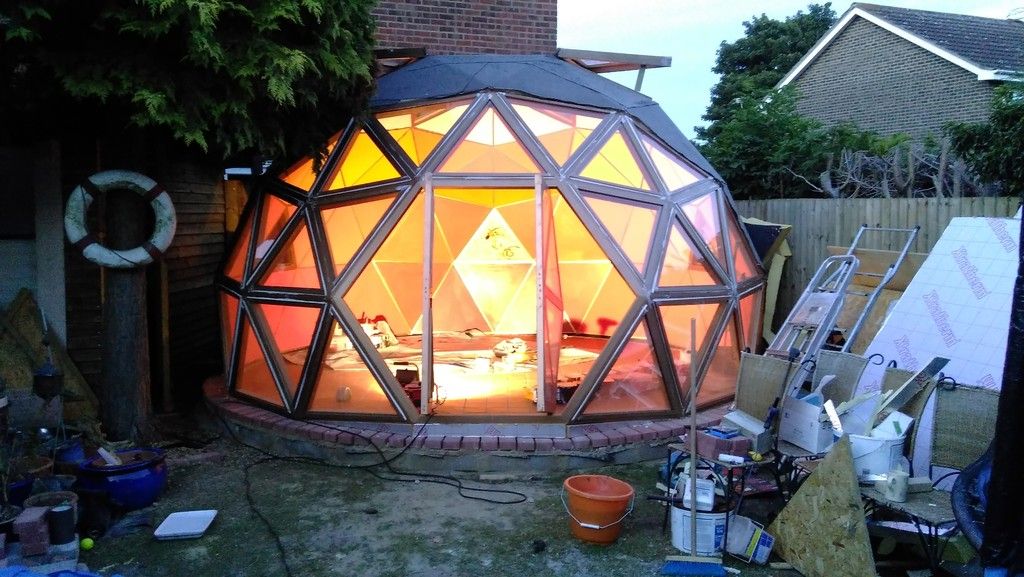Lisa Hayes
New Member
George is a rescue Sulcata, who is approx 10yrs old and currently 22 inches long. George currently has a insulated shed attached to a double greenhouse. We live on the south coast in Hampshire, UK.
Due to some garden remodelling and after some reading I have done on the Internet, I want to build George a new house. I want something that he can use all year round. I read on another site about a guy who has kept Sulcata's for over 20 years. He recommends not using sheds/enclosures with wooden floors. He suggests building them straight on the dirt.
When I first got George, he fitted on to an A4 sheet of paper. We built him an enclosure with 9" concrete blocks. However as he grew we moved him to another part of the garden. My plan is to now build him a purpose build house, that will be a permanent structure for him. He will still have full access to our 85' garden for grazing.
The enclosure is approx 17' by 12'. There is a high brick wall one side and 9" concrete block walls on the other walls. The concrete blocks are laid flat, so that the wall is 9" deep. The block wall at the back of the enclosure is about 31" high.
I want to construct a house accross the end of the enclosure, so it will be approx 12' in length and I am thinking about building it out approx 6' or 7'. how does that sound for size? It will eventually house both of my Sulcata's?
My plan is to insulate the brick/block walls and then cover the insulation with timber boards.
My questions are:
- how high should I build it?
- should I build a separate sleep box compartment in it?
- should I put any windows in it?
- what should I use on the roof? i was thinking about timber sheeting on part of it and polycarbonate sheeting on part of it to create some natural daylight
- substrate for the floor? Dirt? Wood bark? I use something called Readigrass in George's current shed?
Due to some garden remodelling and after some reading I have done on the Internet, I want to build George a new house. I want something that he can use all year round. I read on another site about a guy who has kept Sulcata's for over 20 years. He recommends not using sheds/enclosures with wooden floors. He suggests building them straight on the dirt.
When I first got George, he fitted on to an A4 sheet of paper. We built him an enclosure with 9" concrete blocks. However as he grew we moved him to another part of the garden. My plan is to now build him a purpose build house, that will be a permanent structure for him. He will still have full access to our 85' garden for grazing.
The enclosure is approx 17' by 12'. There is a high brick wall one side and 9" concrete block walls on the other walls. The concrete blocks are laid flat, so that the wall is 9" deep. The block wall at the back of the enclosure is about 31" high.
I want to construct a house accross the end of the enclosure, so it will be approx 12' in length and I am thinking about building it out approx 6' or 7'. how does that sound for size? It will eventually house both of my Sulcata's?
My plan is to insulate the brick/block walls and then cover the insulation with timber boards.
My questions are:
- how high should I build it?
- should I build a separate sleep box compartment in it?
- should I put any windows in it?
- what should I use on the roof? i was thinking about timber sheeting on part of it and polycarbonate sheeting on part of it to create some natural daylight
- substrate for the floor? Dirt? Wood bark? I use something called Readigrass in George's current shed?
